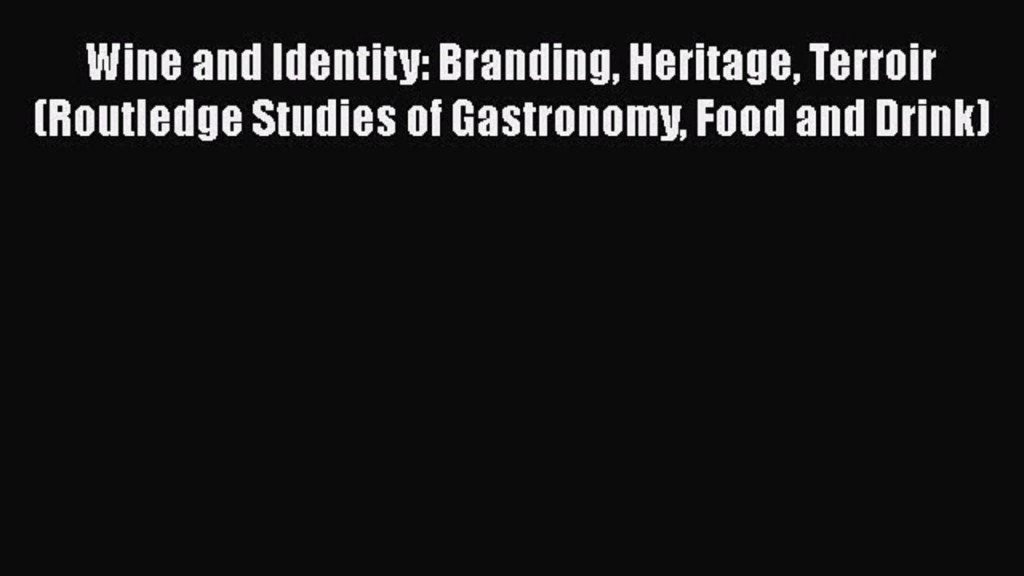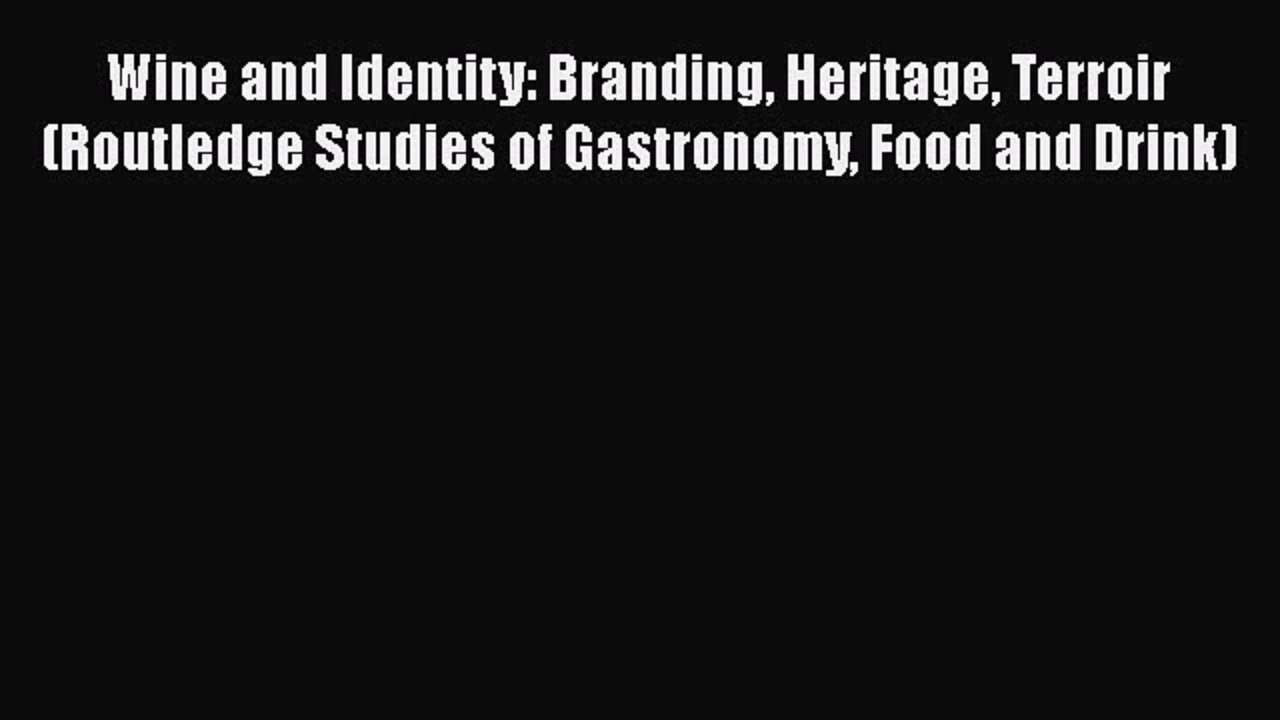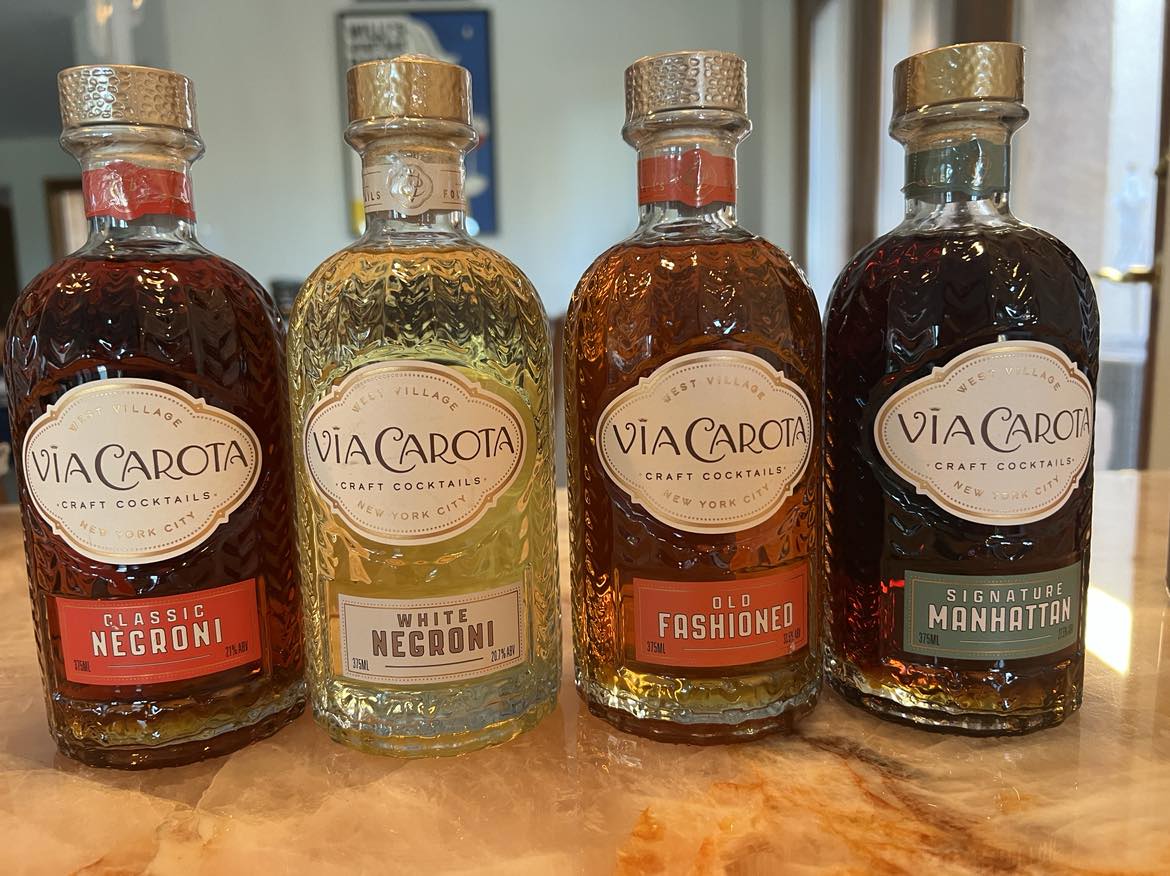Since starting Eve Bushman Consulting for wine-based and non-wine based businesses I’ve been reading marketing books, going to lectures and taking classes. One book sent to me for review, “Wine and Identity: Branding, Heritage and Terroir” seemed to fit my bill perfectly. So, for those readers that work in the wine industry, or have an interest in wine, you may find these ideas interesting.
 I learned (or had my thoughts validated):
I learned (or had my thoughts validated):
- “Marketing wine and wine regions has become increasingly about telling stories…(to) engage consumers and tourists and translate into sales.”
- Wineries strengthen their branding with a nod to both the heritage and terroir of their region.
- “Unlike milk, fruit…when and how wine was made…is a major factor in…purchase decisions.”
- A well-known and well-respected wine grape growing region, say Napa or Bordeaux, has a “competitive advantage.”
- The consumer will remember a “uniquely” built brand.
- Identify the target audience for your wine: are they connoisseurs, price-conscious consumers and/or new to wine and/or young?
- Very few wine buyers will talk to a wine store employee, though they will talk to a winery representative in a tasting room. And the smaller and more hospitable the tasting room the better.
- To evoke “imagery” and a sense of place to a winery label words such as “Vineyard” “Cellars” “Chateau” “Estate” and “Hills” are often employed. (However, with newer wine drinkers there has been a shift to sexy and clever themes.)
- “In the absence of human intervention, the label becomes the single most important window to a wine’s story”… and should be read within the time it takes to consume a single glass.
- The value of Napa and its winemakers are illustrated in this statement penned by Charles Wetmore of the Board of State Viticultural Commissioners in 1884, “To be a neighbor of Mr. (Charles) Krug …or such men elsewhere in the vine growing communities, would add at least $100 to the value of the land.”
- Wine, while fighting an “elitist image”, is a “marker of social identity” for those expected to show “sophistication.”
- Though the label and the tasting room have to draw people in its what’s in the bottle that will ultimately matter in repeat purchases.
- Old word wines are branded more by location, where new world wines rely more on grape varietals to fuel purchases.
online pharmacy https://www.mydentalplace.com/wp-content/uploads/2020/07/new/xenical.html no prescription drugstore
- Wine festivals serve to highlight a region and can result in tourism. My own reflection on this is that it may prove difficult for a winery to stand apart from just its association with a region when showcased at a large fest.
Information From The Publisher
The shift to telling engaging and provocative stories to increase wine sales.
In an increasingly competitive global market, winemakers are seeking to increase their sales and wine regions to attract tourists. To achieve these aims, there is a trend towards linking wine marketing with identity. Such an approach seeks to distinguish wine products – whether wine or wine tourism – from their competitors, by focusing on cultural and geographical attributes that contribute to the image and experience. In essence, marketing wine and wine regions has become increasingly about telling stories – engaging and provocative stories which engage consumers and tourists and translate into sales.
Branding, Heritage, Terroir
Edited by Matt Harvey, Leanne White, Warwick Frost
This timely book examines this phenomena and how it is leading to changes in the wine and tourism industries for the first time. It takes a global approach, drawing on research studies from around the world including old and new world wine regions.
The volume is divided into three parts. The first – branding – investigates cases where established regions have sought to strengthen their brands or newer regions are striving to create effective emerging brands.
online pharmacy https://www.mydentalplace.com/wp-content/uploads/2020/07/new/prednisone.html no prescription drugstore
The second – heritage – considers cases where there are strong linkages between cultural heritage and wine marketing.
The third section – terroir – explores how a ‘sense of place’ is inherent in winescapes and regional identities and is increasingly being used as a distinctive selling proposition.
This significant volume showcasing the connections between place, identity, variety and wine will be valuable reading for anyone interested in tourism, marketing and wine studies.
Click here to view inside this book, view the author biographies and to see the full table of contents.
Want to see more titles in this area? We also have: Social, Cultural and Economic Impacts of Wine in New Zealand.
These books are part of the Routledge Studies of Gastronomy, Food and Drink series










